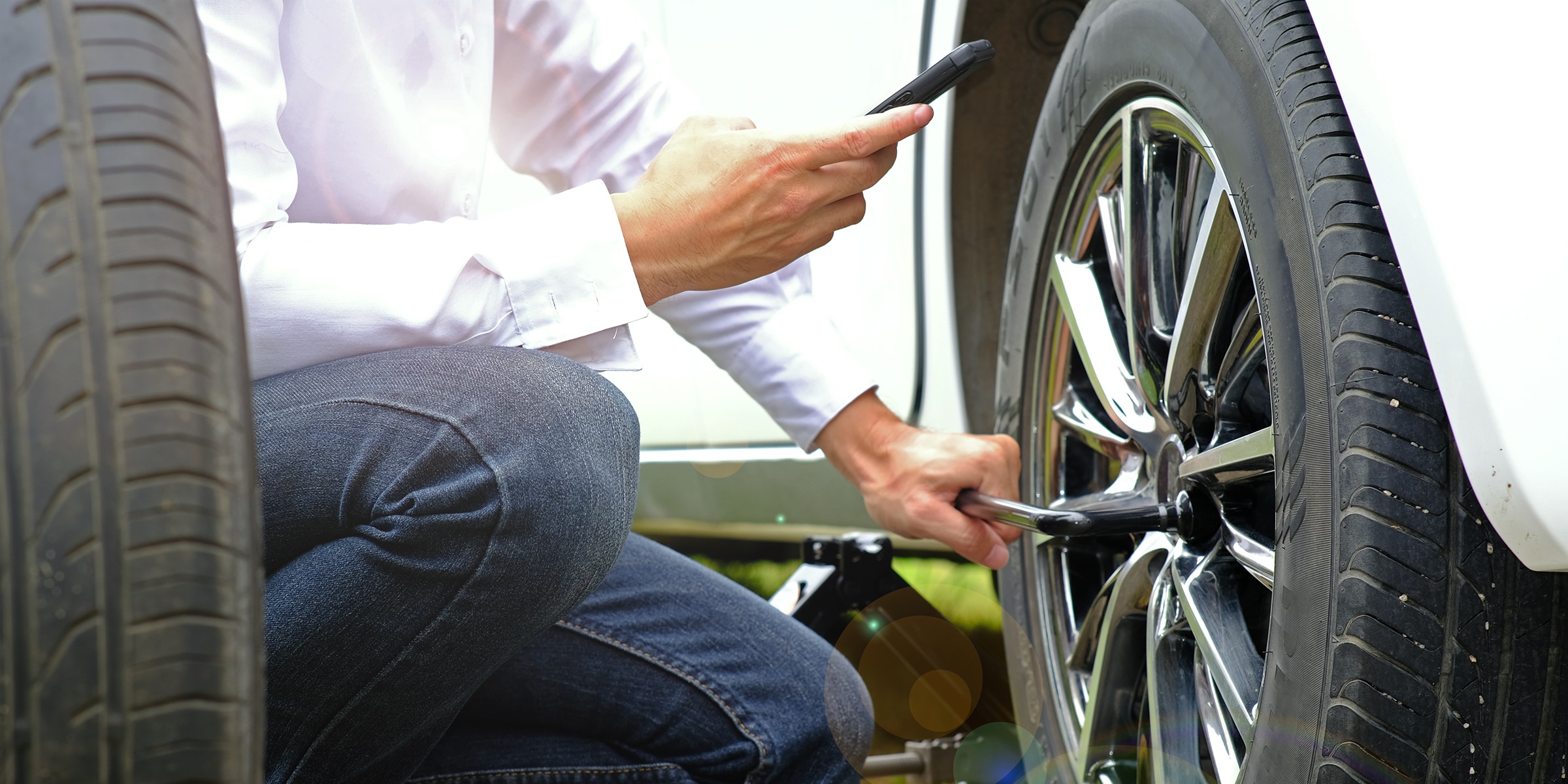-
Tires
The term "blowout" is generally used by drivers to describe a bursting tire accompanied by a rapid loss of air pressure. While one might assume that all blowouts are caused by too much internal pressure bursting a weak spot in the tire, the main reason for them is just the opposite. Most...
-
Tires
Tires are manufactured by assembling components made of rubber, fabric cord and steel wire that are cured together in a mold. Under intense heat and pressure during the curing process, the rubber reaches a near liquid state before vulcanization takes place finalizing the tire's exact size,...
-
Tires
The contact patch of a tire that’s inflated with pressurized air is also called its tread footprint. The contact patch is the result of the vehicle’s weight pressing its round tires against the road, requiring their treads to conform to relatively flat surfaces. A tire’s...
-
Tires
Though tires may look simple on the outside, they are actually complex laminate structures made up of over 100 individual parts. The individual parts of a tire include steel, textiles and multiple rubber compounds, and they must all work together to achieve many, often conflicting, performance...
-
Tires
Regardless of its size, every tire's load capacity, durability, traction and handling is dependent on using the right inflation pressure for the application. Since both too little and too much inflation pressure sacrifices some of the tires' performance, maintaining the "right" inflation...
-
Tires
Most drivers realize that tire load capacity is determined by tire size and inflation pressure. Larger tires and higher inflation pressures provide more load capacity, while smaller tires and lower tire pressures provide less.
An under-inflated tire will tend to wear the shoulder areas of the...
-
Tires
Most drivers realize that tire load capacity is determined by tire size and inflation pressure. Larger tires and higher inflation pressures provide more load capacity, while smaller tires and lower tire pressures provide less.
Correctly inflated tires receive appropriate support from the...
-
Installation |
Tires
Advantages of Correct Tire InflationMaintaining correct tire inflation pressure helps optimize tire performance and fuel economy. Correct tire inflation pressure allows drivers to experience tire comfort, durability and performance designed to match the needs of their vehicles. Tire deflection...
-
Tires
While it is simple to place a Lincoln penny in the tread groove of a worn tire and use Abe's likeness as a guide, we don't think Honest Abe knows what's best for today's drivers. The Lincoln penny tread depth test has been touted for years to be a suitable method of determining when it's time...
-
Installation |
Tires
Four-wheel drive and all-wheel drive vehicles are equipped with differentials and/or viscous couplings that are designed to allow momentary differences in wheel speeds when the vehicle turns a corner or temporarily spins a tire. However, if the differentials or viscous couplings are forced to...
-
Installation |
Parts & Accessories |
Tires |
Wheels
In some states, vehicle inspection regulations require operating tire pressure monitoring sensors (TPMS) on every vehicle that came with TPMS as Original Equipment. If your state is not listed below, please check with local law enforcement officials to confirm restrictions in your area. We...
-
Tires
While today's P-metric passenger tire sizes have existed since the early 1980s, restoring classic muscle cars and pony cars has kept yesterday's numeric and alpha numeric tires from disappearing. This chart has been developed to help you determine their equivalent Euro-metric and P-metric tire...


